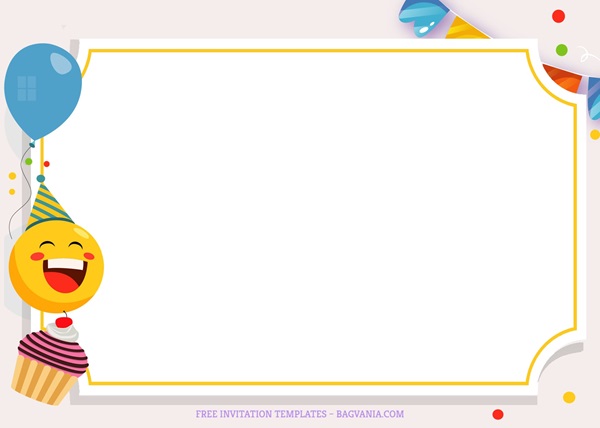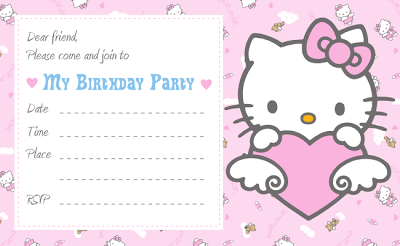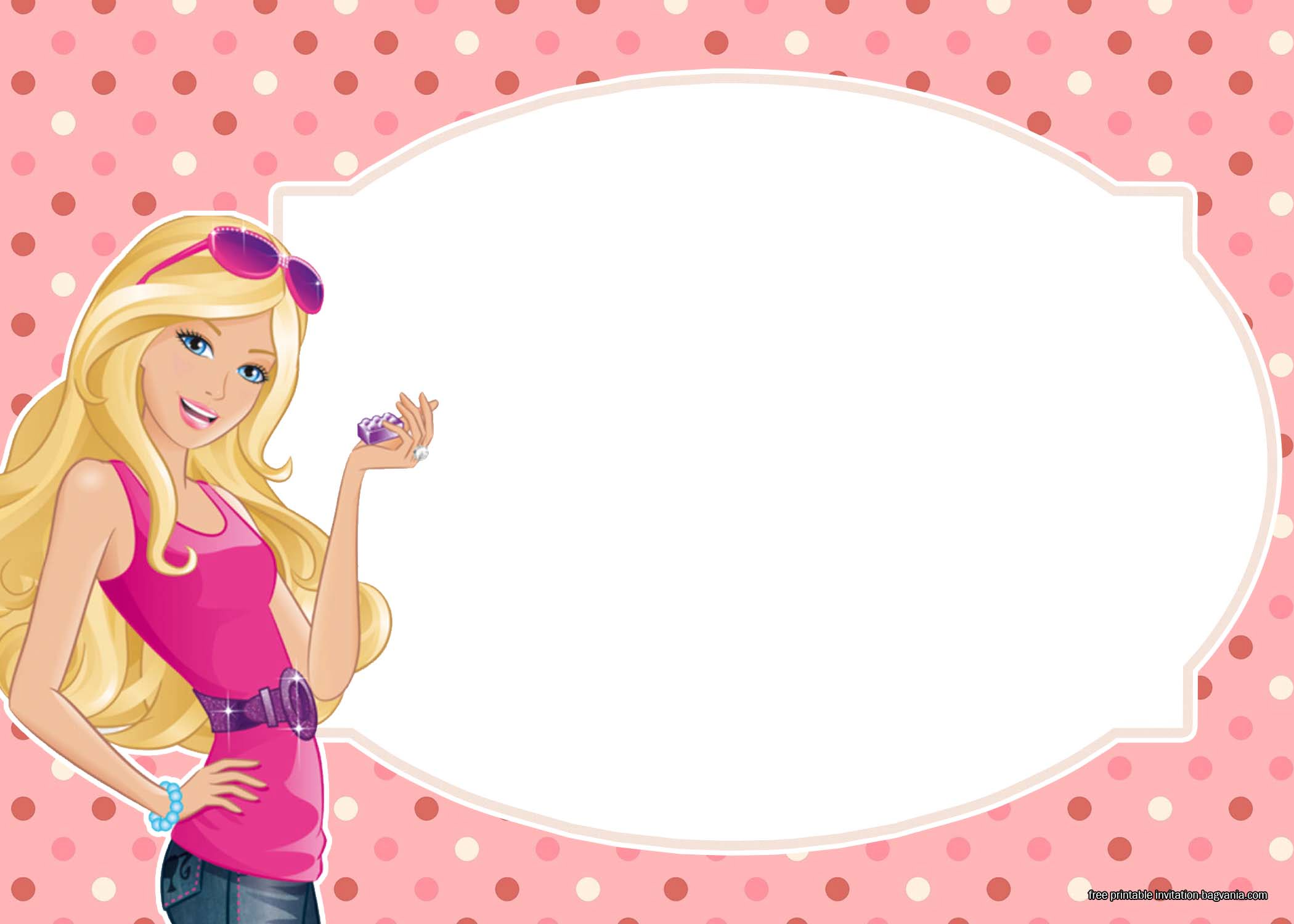Are you looking for a fun way to help your children learn about capacity? These worksheets are hands-on, engaging tools that will improve their understanding on the concept of volume and measurement. By looking at different containers and deciding which holds more or less, children develop critical thinking skills while reinforcing early math concepts. These worksheets often include fun visuals, interactive cut-and-paste activities, and simple experiments, making learning enjoyable rather than intimidating. The playful nature of these activities keeps children interested while helping them build foundational knowledge that will be useful in more advanced math lessons.
With these worksheets, your little ones will not only learn about capacity, they provide important developmental benefits. They encourage problem-solving as children analyze and compare different objects, strengthening their reasoning skills. Fine motor development is also boosted when kids color, cut, or trace as part of the activities. Additionally, these worksheets can be a fantastic addition to a party or playdate, turning learning into a fun group activity. Whether it’s through hands-on challenges or playful competition, children can enjoy themselves, learn about capacity and gain valuable math skills, all in a relaxed and enjoyable setting.
Why is It Important to Learn about Capacity
Understanding volume and capacity is important for children because it helps them develop essential math and problem-solving skills. These concepts are part of everyday life, from pouring a drink into a cup to filling a bathtub or packing a lunchbox. By learning how to compare and measure capacity, children build a strong foundation for future math topics like measurement, estimation, and even geometry. It also helps them grasp the idea of conservation—how liquid or objects can take up space differently depending on the container—an important concept in cognitive development.
Beyond academics, when children learn about capacity and volume, they learn practical life skills. Children who grasp these ideas can better estimate how much they need when serving food, organizing their belongings, or following simple recipes. This knowledge also enhances their ability to think logically and make predictions about real-world situations. Whether in school, at home, or during play, a solid understanding of capacity helps children navigate their environment with confidence and curiosity.
Benefits of Engaging and Hands-On Learning
Engaging and hands-on learning methods can be really beneficial for your little ones. These activities not only help them understand a specific topic, but also boost development in so many different areas. Here are some of them:
- Improves Retention and Understanding: Hands-on learning helps children retain information better by turning abstract concepts into concrete experiences. When they actively engage in activities that help them learn about capacity, like pouring water into different containers or sorting objects by size, they develop a deeper understanding of volume and capacity. Instead of just memorizing facts, they experience the concept firsthand, making it easier to recall and apply in everyday situations.
- Encourages Exploration and Problem-Solving: Engaging worksheets and real-life examples allow children to experiment, test ideas, and find solutions. By comparing different capacities, making predictions, and observing outcomes, they strengthen their problem-solving skills. This hands-on approach fosters curiosity and encourages children to think critically about how things work, laying the foundation for more advanced mathematical reasoning.
- Supports Motor Skill Development: Children can definitely learn about capacity while tracing, cutting, pouring, or sorting, which help refine their fine motor skills. These tasks require precise hand movements, improving coordination and control. As children engage with hands-on worksheets or physical objects, they strengthen the muscles needed for writing, drawing, and other essential skills used in daily activities.
- Builds Confidence and Engagement: When children actively participate in learning, they feel a sense of accomplishment and motivation. Completing a worksheet or successfully comparing objects builds confidence in their abilities. Hands-on activities also make learning fun and engaging, keeping children interested and eager to explore new concepts rather than feeling overwhelmed by them.
- Connects Learning to Real Life: When children learn about capacity and volume through hands-on experiences, they will be able to see the relevance of math in their daily lives. Whether measuring ingredients while baking, filling a water bottle, or organizing toys, they apply their learning in practical ways. This connection makes learning more meaningful and encourages children to see math as a useful and valuable skill beyond the classroom.
Worksheets and Activities to Learn about Capacity
When deciding on worksheets and activities to help your children learn about capacity, it can be a little bit challenging. However, here are some great ones that you can start with:
1. Measuring Capacity with Rice
When you are starting with the little ones, engaging them in process will create a positive learning experience. You can try this activity from learning4kids.net, where children get to have fun and learn about capacity. The idea is to measure rice with different containers, by pouring rice into cups, bowls, jars and containers of sizes, children can visually compare which containers hold more or less. They can also practice estimating and measuring using standard units like milliliters or cups, reinforcing their understanding of volume. This activity encourages problem-solving as they predict outcomes and test their ideas, while also strengthening fine motor skills through scooping and pouring.

2. Ordering with Cut-and-Paste
Ordering activities help children develop logical thinking and sequencing skills. In these exercises, children arrange containers or objects from smallest to largest capacity or vice versa. By organizing items in the correct order, they learn to compare and analyze differences in volume, improving their ability to make estimations. These activities also encourage critical thinking as children determine how one object’s capacity relates to another.
To help your children learn about capacity, try this ordering capacity worksheet from 15worksheets.com. The worksheet also incorporate cut-and-paste activity which makes the learning process more interactive and engaging. Children cut out pictures of containers or objects and paste them in the correct order based on their size or how much they can hold. This hands-on approach strengthens fine motor skills while reinforcing the concept of comparing capacity in a fun and creative way. It also allows children to actively participate in their learning, making the lesson more memorable.

3. Comparing and Circling
Comparing activities encourage children to analyze two or more objects to determine which holds more or less. These exercises often include side-by-side images of containers with different amounts of liquid or objects of varying sizes. By making comparisons, children strengthen their observation skills and deepen their understanding of measurement concepts. This activity also supports reasoning skills, as children explain their choices and justify their answers.
Here is another great worksheet from 15worksheets.com that you can give to your little ones to start them with the concept of capacity. In this worksheet, the children are provided with various colorful visuals that effectively help them practice identifying differences in capacity. They get to compare and circle the container that holds the most or least, reinforcing their ability to compare volumes quickly. This type of activity improves visual discrimination and decision-making skills while keeping the learning process engaging and accessible for young learners.

4. Unit Measurement Practice Activities
Once your children have understood the early concepts of capacity, it is time to challenge them about unit measurements of capacity. This will help them understand how volume is measured, whether using standard units like milliliters (mL) and liters (L) or gallons and quarts. These activities may include matching objects to their appropriate unit of measurement, filling in blanks with correct units, or solving simple word problems involving capacity. When they learn about capacity and their unit measurements, children develop a practical understanding of how capacity is quantified, which prepares them for real-world applications like reading labels, following recipes, or measuring liquids in science experiments.
If you are working with preschoolers and kindergarteners, this gallon man template from superstarworksheets.com is a really fun way to learn about capacity and its measurements. They get to cut and assemble gallon man while learning how many cups make up a pint, how many pints make up a quart and so on. Try it out!


If your children are more familiar with numbers and measurements, you can get them to try this worksheet from easyteaching.net. This wonderful worksheet lets them practice to reading the scales for volume measurements, and to try draw and color the right amount to match the measurements provided.

Incorporating Capacity Worksheets at Playdates or Parties
It is such a great idea to get children to learn about capacity together, completing worksheets with others helps children develop essential social skills like communication, teamwork, and cooperation. Whether they are discussing their answers, comparing their reasoning, or working together on a sorting or matching activity, they learn to listen, take turns, and express their thoughts clearly. Group activities also encourage problem-solving as children explain their choices and consider different perspectives. These interactions build confidence, foster friendships, and teach important social behaviors that extend beyond the learning environment, making worksheets a fun and enriching way to develop both academic and interpersonal skills.
- Capacity Matching Race: In this game, children work in pairs or small groups to match different containers to their estimated capacities as quickly as possible. Each team receives a worksheet with various pictures of containers and a set of capacity labels (e.g., 250 mL, 1 L, 5 L). They must cut out the labels and paste them next to the correct containers. The first team to match all the capacities correctly wins. This game encourages teamwork, problem-solving, and quick thinking.
- More or Less Challenge: This game turns comparing capacity into a fun competition. Each child gets a worksheet with pairs of containers and must circle which one holds more or less. After completing their sheets, they compare answers with a partner. If both players agree on an answer, they get a point. If they disagree, they must explain their reasoning and come to a consensus. This game helps strengthen reasoning skills and promotes friendly discussion.
- Capacity Sorting Relay: This game adds movement to learning! Children work in teams and take turns running to a worksheet placed at a designated spot. Each worksheet has images of containers that need to be sorted into categories such as “Holds More” and “Holds Less.” Players must cut out the images and correctly paste them in the right section before tagging the next teammate. The first team to finish with all correct placements wins. With this game children will get to learn about capacity in such a fun, active, and engaging way.
Free Invitation Templates
To make learning even more exciting, you can turn capacity-themed worksheets into a fun playdate or party activity! To help with planning, we’ve gathered some colorful and creative invitation templates that you can use to invite friends for a learning-filled gathering. Whether you’re hosting a small group activity, a playful worksheet challenge, or a hands-on measurement party, these invitations add a special touch. With fun designs and customizable text, they make it easy to set the theme and get kids excited for a day of interactive learning and play!
- 7+ Mermaid Party For Girls Birthday Invitation Templates
- 8+ Funny Emojis Birthday Invitation Templates


Final Thoughts
Worksheets to learn about capacity provide children with an engaging and interactive way to explore important measurement concepts. Through activities like comparing, ordering, cut-and-paste, and unit measurement practice, children develop a strong foundation in understanding volume while having fun. These worksheets not only reinforce math skills but also improve problem-solving, fine motor skills, and logical thinking. By making learning hands-on and visually engaging, they help children grasp abstract ideas more easily and apply them to real-world situations.
Beyond individual learning, these worksheets can also be used as group activities to encourage teamwork and social interaction. Whether incorporated into a classroom lesson, a playdate, or a themed party, capacity worksheets turn learning into an enjoyable experience. Adding fun elements like games and hands-on challenges ensures that children stay engaged while developing essential skills. With the right activities and a playful approach, learning about capacity becomes both educational and exciting for young learners.































